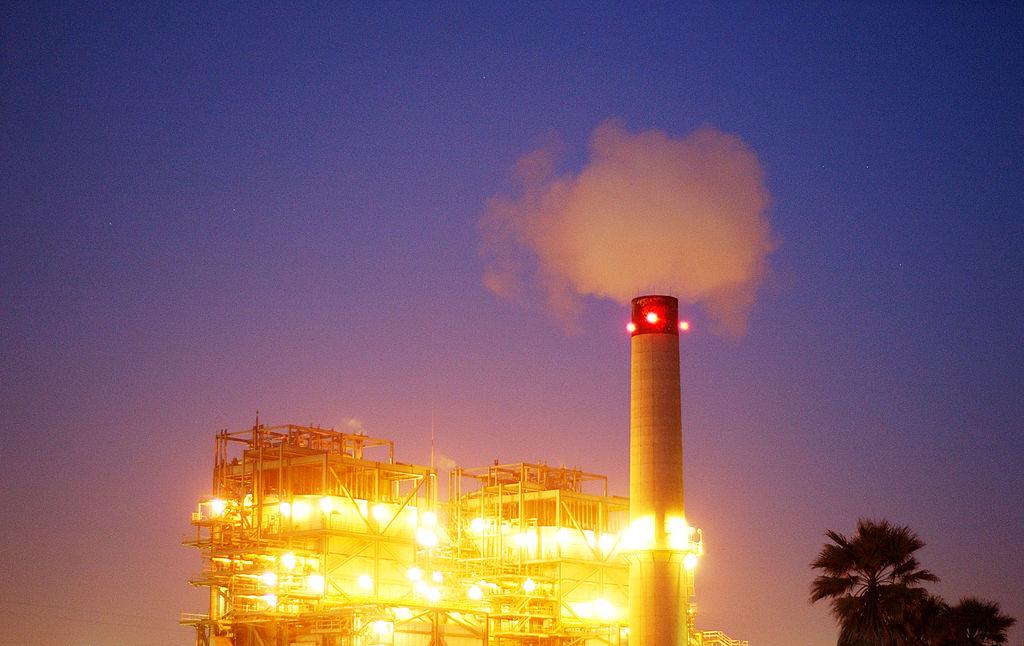California boasts some of the highest utility rates nationwide, with recent statistics revealing Golden State residents pay more than twice the national average.
As of July, the average national electricity rate is 17 cents per kilowatt hour, while in California, residents are paying 28 cents in Los Angeles, 35 cents in San Francisco, and 48 cents in San Diego, according to the U.S. Bureau of Labor Statistics.






